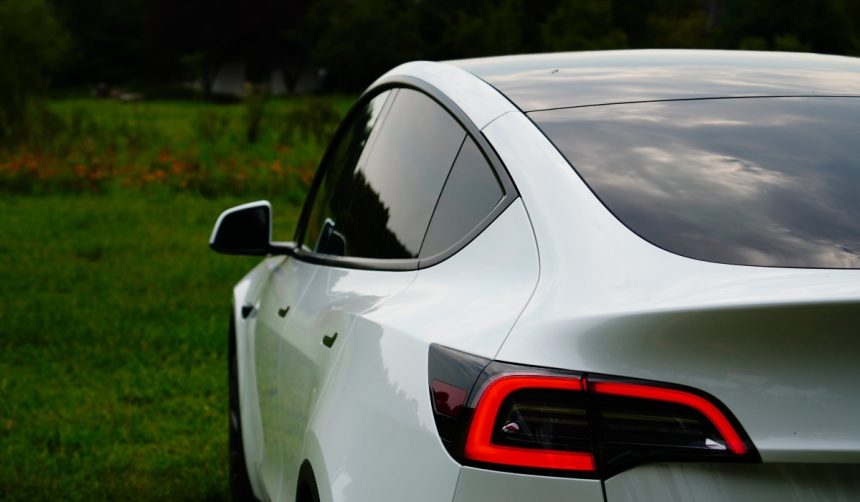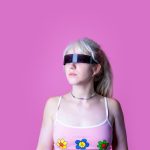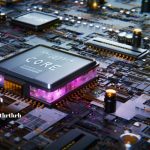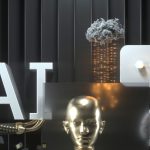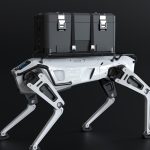Tesla recently introduced the Optimus humanoid robot at its newly inaugurated Supercharger Diner in Los Angeles, marking a significant step in the company’s strategy to automate customer experiences. The deployment comes as Tesla explores new interactive elements for its Supercharger locations, combining nostalgia with forward-looking technology. The site aims to blend mid-20th-century diner allure with digital convenience, inviting curiosity from both Tesla owners and the broader public. The initial responsibilities given to Optimus appear basic, but company statements suggest a more active role in the near future.
Compared to previous launches of Tesla’s Supercharger stations and initial announcements about Optimus, this rollout demonstrates a faster and more visible integration of robotics into customer service. Earlier updates about Optimus focused mainly on its development and limited demonstrations, whereas this deployment puts the robot into a public setting. Past Supercharger locations concentrated on charging infrastructure, but now the addition of the Diner, film projections, and a robot server marks a shift toward immersive experiences that extend beyond vehicle charging. These factors weigh into broader trends in the auto and robotics industries, where brand engagement and experiential retailing are becoming increasingly relevant.
What Roles Does Optimus Fulfill in the Diner?
Currently, Optimus serves popcorn to guests inside the facility as part of its initial assignment. Its activities have drawn attention from diners and passersby as Tesla tests the robot’s public interactions. The company plans to expand Optimus’s responsibilities, seeing these early tasks as foundational for further involvement in service roles.
Will Optimus Serve Customers at Their Cars?
Elon Musk announced that by 2026, Optimus will act as a food runner, delivering meals directly to customers’ vehicles. This planned feature supports the Diner’s overarching goal of enabling visitors to order and receive food without leaving their cars.
Optimus will bring the food to your car next year
The service would combine convenience with an element of automation, a step that could set a precedent for future robotic uses in hospitality settings.
How Does the Supercharger Diner Appeal to a Broader Audience?
With 80 Supercharger stalls, the location supports both Tesla and non-Tesla electric vehicles, provided compatible charging access exists. Additionally, individuals without electric vehicles may park and visit the diner, making it accessible to a diverse clientele. The menu emphasizes organic and locally sourced ingredients, as highlighted by Musk, which may attract health-conscious consumers as well.
Tesla’s use of Optimus for direct customer service in a high-traffic location marks a prominent test for humanoid robotics outside the traditional factory setting. Comparing this initiative to previous approaches, the move illustrates Tesla’s intent to merge entertainment, convenience, and automation under one roof. Such pilot programs allow the company to monitor and refine Optimus’s performance in a real-world environment, with customer reactions providing valuable data for future improvements. For those considering robotic integration in hospitality or retail, Tesla’s public trial offers insights into logistical hurdles and consumer acceptance. Observers interested in automation trends may note how this project informs broader conversations about workforce automation, human-robot interaction, and the commercial viability of service robots.
- Optimus now serves at Tesla’s Supercharger Diner in Los Angeles.
- Tesla plans to have Optimus deliver food directly to cars by 2026.
- The Diner features organic menu items and welcomes all customers, not just EV owners.

